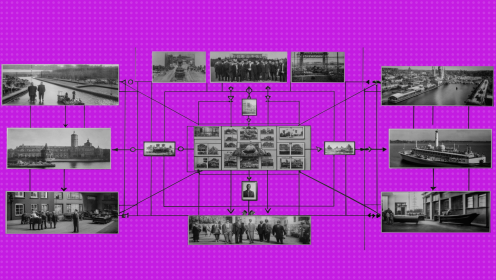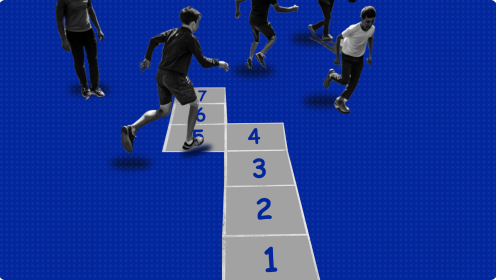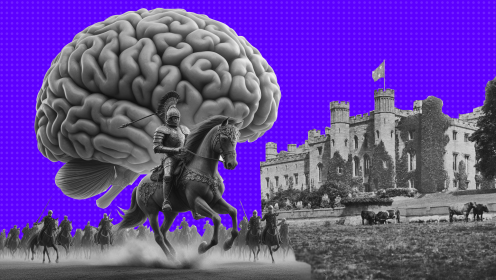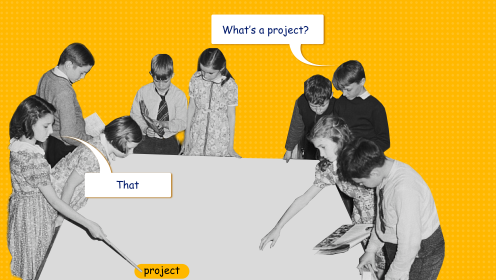The causes of the disorder
In 2001, David Allen, an expert on personal productivity, published the book "Getting Things Done". In this book, he tried to answer the main question: how can you put things in order? He contrasted the chaos and flows of unorganized information with a clear system and accounting methods that are now known by the acronym GTD.
According to Allen, business chaos occurs for three reasons:
- brain overload,
- loss of concentration / priorities,
- overestimating your own strength and capabilities.
The point is that the bandwidth of the brain is quite limited. To draw a rough analogy with a computer, we have an operating system — the part of the brain that solves most everyday tasks according to ready-made patterns. Of course, the brain still has resources (processor cores, hard drives etc.), but it uses them very limited, because it is energy-consuming. In the end, it all comes down to operating system. We can't increase it, so the only option is to optimize working with it:
- keep the maximum out of your head;
- plan actions and results as soon as the event appears, not later;
- review and update the list of unfinished business and life regularly.
That what GTD is all about. And it seems that everything is true, but as I use GTD, the disadvantages of this method became obvious:
- the full version of the Allen system is complex, full of terminology, and requires a lot of time at the implementation stage;
- any attempt to start over is doomed to failure, because it is impossible to change all your habits at once;
- GTD tries to exclude from life everything that is not particularly important, including small things that are an integral part of life and bring great pleasure.
As a result, GTD focuses too much on planning and selection. It does not make your daily routine easier at all and it keeps your stress level and low work efficiency the same. In general, the reason seems clear: the disorder in business occurs when the brain ceases to cope with the flow. GTD sounds cool, but it's actually full of flaws. What should we do then?
Zen training
After Allen, Leo Babauta presented techniques named Zen to Done (ZTD). He was the first to identify the reason for the gap between the ideal GTD and reality — it is about habits and actions, not about the system and tools.
In the books "Focus" and "Zen to Done" Babauta summarized Allen's observations and suggested adapting GTD to the activities of each individual, in accordance with his personality. In General, what is required of you:
Collect, process and plan. Make a habit of writing down everything that's important. Do this in one place - use notepad or the app. Set about an hour a day to process this information, as well as other incoming tasks, without putting it off. When processing new data, turn it into projects and tasks for the day, month, year, and so on.
Complete one simple task at a time. I have written about this several times, but again. Formulate the task as simply as possible. Instead of a complex one:
Make new documents for contractors
add two simple ones to your day plan:
Make changes to clauses 5.4 and 5.5 of the agreement with LLC "Nezabudka”
Send the contract to LLC "Nezabudka” by mail
Focus only on the tasks of the day and week. Because the simpler the action, the harder it is to procrastinate.
Make clear lists of tasks. Avoid complexities: extensive card files, knowledge bases, confusing applications and dashboards.he simpler it is, the less chance you have of avoiding it. For example, I use Things to handle incoming tasks, and then transfer what I need to WEEEK and distribute, delegate, or delete it there, if needed.
Organize, review and simplify again. Put things in order at your workplace, in your documents on disk, and at home (you have perfect conditions for this). Remember that life is a reflection of thinking. Be flexible - any system needs to be criticized and reviewed, so make a habit of upgrading your methods once a week. Simplify your goals to the top priority, and throw out all the unnecessary stuff.
The art of visualization
It is very useful to visualize ideas. The ideal way is to draw a smart map (aka mindmap).
Record key projects and tasks, identify their connections and dependencies. This will make it easier for you to find errors in logic, wording, and find bottlenecks where the project can "slow down".
In other words
Chaos in business leads to stress and reduced quality of life.
Methods for dealing with it exist. All of them indicate that the disorder is caused by the characteristics of our brain.
Habits are easier to change individually, so the system must be adapted to the individual's personality.
Store all your information, ideas, and tasks on a single external storage device. The simpler and more accessible they are, the simpler the wording, the less likely you are to fall into procrastination.
Collect tasks in lists: for a day, week, month, or year. There can't be many main goals. Evaluate your options sensibly. Get into the habit of cleaning your lists and checking them against your goals on a weekly basis.
Set aside an hour or an hour and a half a day to view mail, add incoming tasks and plan.
Simplify and automate everything you can reach. If you can delegate a task to someone without harm, delegate it. Get rid of excess, but remember: "non-priority" tasks, especially from the personal sphere, allow you to get a better taste of life.
Visualize complex concepts and ideas, look for connections and problem points that can affect the result or your effectiveness.

















